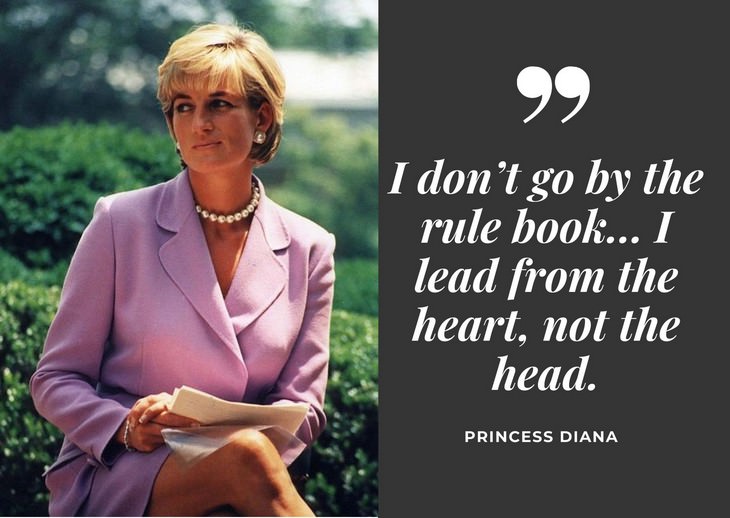COPYRIGHT CITY SANCTUARY THERAPY
No part of this website, including the blog content may be copied, duplicated or reproduced in any manner without the author’s permission.
Any information, materials, and opinions on this blog do not constitute therapy or professional advice. If you need professional help, please contact a qualified mental health practitioner.
Is there such a thing as ‘healthy’ anxiety – a certain amount, or in response to certain factors?
We have a repertoire of feelings- sadness, joy, shame etc- anxiety is one of them. Anxiety is normal; it prepares the mind, and body to deal with danger. Anxiety was our ancestors’ evolutionary tool, which enabled them to stay safe from dangerous predators and survive. Like our ancestors, we are biologically primed to detect danger, and threats, and seek safety. When there is perceived or real danger, there is a natural interaction between our thoughts/cognitions, feelings, physiology, and behaviours, all in preparation for safety. Physiologically, our bodies rapidly produce adrenaline, and cortisol, as well as trigger other physiological changes such as sweaty palms, muscle tension, heart racing, all in response for danger. Simultaneously, the mind gets ready to deal with the danger by catastrophising & considering the worst-case scenarios. All these changes are perfectly normal, and for safety-preparing us to deal with danger. If anxiety is situational, proportionate to the situation, and not overwhelming, it can propel us through difficult situations in life. Anxiety also helps us stay alert, safe, problem solve and execute tasks in a robust and timely manner. For example, if you have an exam coming, anxiety can have a positive impact in motivating you to fiercely prepare for the exam. The physiological changes, and catastrophic thoughts of failing may enhance your enthusiasm to study harder. During the exam, anxiety may increase your focus, and the hypervigilance may enhance your ability pay attention to detail.
How can you tell the difference between ‘normal’ anxiety that’s to be expected, and an anxiety disorder?
The easiest way to conceptualise what is normal anxiety, and what is disordered anxiety is placing anxiety levels on a scale of 0-10. 0-5 is normal and healthy anxiety which can be easily managed, and thrusts us through life, while 6-10 becomes disordered anxiety where the body’s danger alarm system becomes faulty, and cause impairment in functioning. Anxiety only becomes problematic when the normal physiological and behavioural responses to danger are either exaggerated, remain present for longer periods of time, when the responses are persistent (chronic), and when they intensify leaving the subject feeling utterly overwhelmed. Anxiety triggers unpleasant and at times distressing physiological sensations that we want to quicky relieve. In normal anxiety these feelings, and physiological responses naturally pass, or they can be easily managed. Problem anxiety happens when the danger is overestimated, the subjects underestimate their ability to cope and unable to manage the physiological responses and need to take dramatic actions (behaviours) to alleviate these fears. This means that a situation that may be perceived dangerous by someone with anxiety, may not be viewed as dangerous, by someone who doesn’t have anxiety. The mind’s interpretation of events of what is seen as a threat or dangerous, and the ability to cope with what is considered dangerous or threatening determines whether one has an anxiety disorder or not.
Is it helpful to label anxiety in this way?
Apart from generalised anxiety, anxiety can manifest in various forms such as health anxiety/hypochondriasis, obsessive compulsive disorders (OCD), agoraphobia, panic disorder, specific phobias, social anxiety, hypochondriasis, or Post Traumatic Stress Disorder (PTSD). It is helpful to label anxiety because if left untreated, anxiety can worsen over time, leading to functional impairment. This negatively impacts one’s quality of life, and mental health overall. The physiological changes caused by anxiety can cause other secondary health issues such as insomnia, and depression- anxiety is known to co-exist with depression for this reason. Psychosocially, anxiety can have an impact on relationships- for example people with generalised anxiety, social anxiety, OCD, agoraphobia, PTSD may find it difficult to leave their homes, or socialise leading to isolation. This negatively impacts on their self-esteem as well as social inclusion, and lead to poor mental health. It is vital that people have the awareness of what anxiety is and seek treatment in a timely manner.
If you suspect that your anxiety might be a bigger issue, what can you do?
If you suspect you have anxiety, seek help from your GP or a registered/accredited psychotherapist. GPs may consider anti-anxiety medication depending on the nature and severity of the symptoms, and they would also consider therapy adjunct to medication. At times GPs prescribe therapy alone. Cognitive Behavioural Therapy (CBT) is the best form of treatment for anxiety disorders. CBT can be delivered by a qualified therapist; some GP surgeries and other health services deliver CBT online or in groups. CBT helps the subject evaluate the danger- identify and challenge the beliefs they hold about perceived dangerous situations, help them let go of safety behaviours, and learn to self sooth in order to manage the physiological arousal which is most distressing for anxiety sufferers. For example people who have panic attacks can experience nausea, dizziness, increased heart rate, sweaty palms and a feeling of being out of control. The hyperventilation is what exacerbates these symptoms as shallow breathing means the body gets deprived of oxygen and it carries more carbon dioxide. Slow and controlled breathing would help to regulate the body and bring it back to its natural homeostatic state. Psychoeducation is helpful as it enables the subject to learn what anxiety is and understand their body’s arousal system which makes the sensations less disturbing and unsettling. Self-help techniques to manage the body’s arousal and emotionally regulate-breathing exercises, self-talk statements which helps normalise anxiety, take away the danger, and learn from the past experiences are helpful. Mindfulness is also helpful as it allows us to develop objectivity and view our thoughts as a product of our mind not a reality. One can try to use these techniques independently to resolve anxiety symptoms.
















